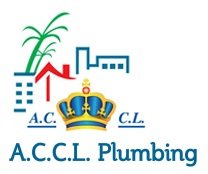Loose water hoses can be a frustrating and potentially damaging issue in your home. Leaks can lead to water damage, mold growth, and wasted resources. Fortunately, tightening loose water hoses is a relatively simple task that can be completed with basic tools and knowledge. In this article, we’ll walk you through the steps to tighten loose water hoses and prevent future leaks.
Why Tighten Loose Water Hoses?
1. Prevent Water Damage: Leaks can cause significant water damage to your home, including walls, floors, and ceilings.
2. Save Water: Loose connections can waste a significant amount of water, increasing your water bill and straining local water resources.
3. Reduce Mold Growth: Leaks can create a humid environment, ideal for mold growth, which can pose health risks and require costly remediation.
Tools and Materials Needed
1. Adjustable Wrench or Basin Wrench: For tightening loose connections.
2. Teflon Tape or Pipe Dope: For creating a watertight seal on threaded connections.
Step-by-Step Instructions
1. Turn Off the Water Supply: Locate the shut-off valves and turn them clockwise to shut off the water supply to the hose.
2. Identify the Loose Connection: Inspect the hose and connections to determine where the leak is occurring.
3. Tighten the Connection: Use an adjustable wrench or basin wrench to tighten the loose connection. Be careful not to overtighten, which can damage the threads or strip the fittings.
4. Apply Teflon Tape or Pipe Dope: Apply Teflon tape or pipe dope to the threads of the connection to create a watertight seal.
5. Test the Connection: Turn on the water supply and check the connection for leaks.
Tips and Precautions
1. Use the Right Tools: Use the correct tools for the job, such as an adjustable wrench or basin wrench, to avoid damaging the connections.
2. Don’t Overtighten: Avoid overtightening, which can damage the threads or strip the fittings.
3. Check for Leaks: Regularly inspect your water hoses and connections for signs of leaks or damage.
4. Replace Damaged Hoses: Replace damaged or corroded hoses to prevent future leaks and damage.

